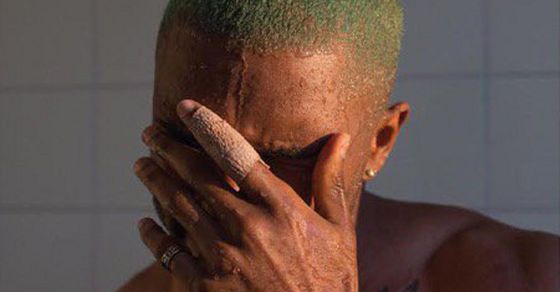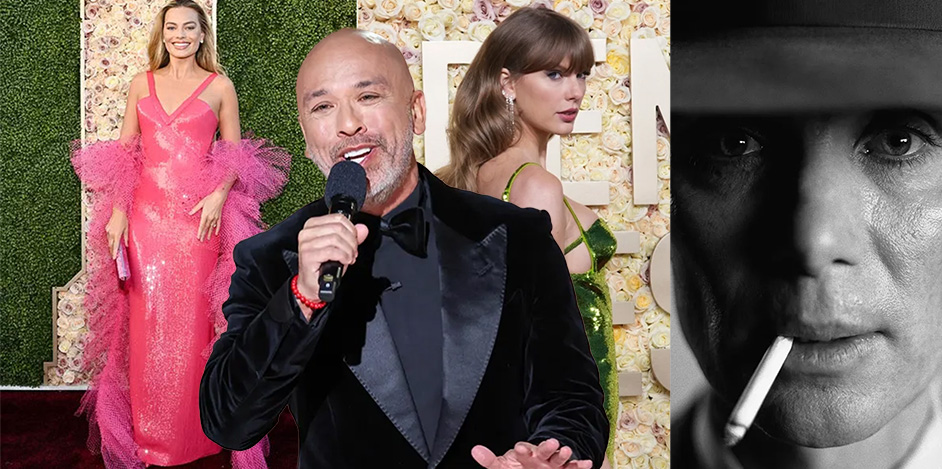Frank Ocean’s Blonde still stands relevant and riveting
It took Frank Ocean four years to release a new album. I chose to mimic his actions and take over three months to get around to writing a review for the album. Let me just say, the anticipation up to the release was relentless and exhausting. I stayed up for thirty hours straight watching Ocean’s Apple Music livestream, straining my eyes as a silhouette slowly and, step-by-step, built a staircase. What relevance  did that hold to a potential album release? Tom Sachs, a contemporary artist from New York City, told Pitchfork his thoughts on Ocean’s livestream and the significance behind the stairway. “I think it’s [the staircase] testament to the reality that t
did that hold to a potential album release? Tom Sachs, a contemporary artist from New York City, told Pitchfork his thoughts on Ocean’s livestream and the significance behind the stairway. “I think it’s [the staircase] testament to the reality that t
hings made by hand take time. We’re living in an
age of non-handmade things.”
In 2012, the R&B singer from New Orleans released the elusive and enigmatic Channel Orange, setting an (almost) unreachable bar for his next album. Channel Orange was 17 seamlessly put together tracks, molding electro-funk, pop-soul and jazz into a cohesive sound. Ocean used dark characters and surrealistic narratives to portray themes of immorality, drugs, and unreciprocated love. Channel Orange was certified gold, according to Recording Industry Association of America (RIAA).
 As years passed between albums, Ocean’s fans became anxious, wondering when his new album would come out and if it would even reach the expectations set by his previous one, let alone exceed them.
As years passed between albums, Ocean’s fans became anxious, wondering when his new album would come out and if it would even reach the expectations set by his previous one, let alone exceed them.
On August 19, hours after Frank’s livestream began, and after thousands found out it was on a loop the whole time, a visual album was released. Fitting to the nature of the release, he named it Endless.
With a length of 45:10, and 18 tracks ranging from 11 seconds to over nine minutes long, Ocean used Endless as a filler album (of sorts) to be released from his label, Def Jam Recordings. With that, he was allowed to release Blonde freely under his own label, Boys Don’t Cry. Ocean told The New York Times, “This has always been my life and no one else’s,” he said, “and that’s how it’s always been since the day I came in it.”
Nobody expected Frank Ocean to return after four years with an album of his very own as classic and equivocal as Blonde. In fact, nobody expected Frank Ocean to return at all.
 August 20, Blonde was released, and spelled in two different ways to give the album two different bodies: Blond on the cover art, and Blonde as the written title. Within the first week of sales, Blonde had sold 276,000 album units.
August 20, Blonde was released, and spelled in two different ways to give the album two different bodies: Blond on the cover art, and Blonde as the written title. Within the first week of sales, Blonde had sold 276,000 album units.
On first listen, Ocean’s Blonde sounds rushed, but still compelling and mature. “Good Guy” is shaky vocals laid over a simplistic organ chord regression, narrating a story of a blind date at a “gay bar”. Ocean reminisces his childhood in songs like “Self-Control” (featuring Yung Lean), singing lines like “wish I was there/wish we’d grown up on the same advice” with an acoustic guitar duet backing the vocals.
Blonde lacks a normal song structure with a “verse-chorus-verse-bridge-chorus” progression like in Channel Orange. “Pyramids” and “Sweet life” from Ocean’s debut album express a very studio-produced sound, but that’s not what Blonde is about, and that’s not what was delivered.
Blonde was created to show that complex ideas need careful time to be crafted properly. “I had writer’s block for a year,” Ocean told The New York Times. He warped and mutated his album countless times before a final version was ready. “White Ferrari” had to be recorded and edited 50 times before Ocean found ease with a workable variant. Ocean had reportedly been working on “Seigfried” since the summer of 2013, which floats over the idea of a mushroom trip and dreaming about the “glimmer of God.” Ocean is a craftsman, and his final product is remarkable and unmatched.
The album twists and turns with puzzle, trips on LSD, unwinds with THC, and is as cryptic and obscure as the man who created it. Yet, Ocean breaks barriers and standards with his unreserved music themes, sexuality, and promises for his career. At last, control and creation keep Ocean from conforming.







